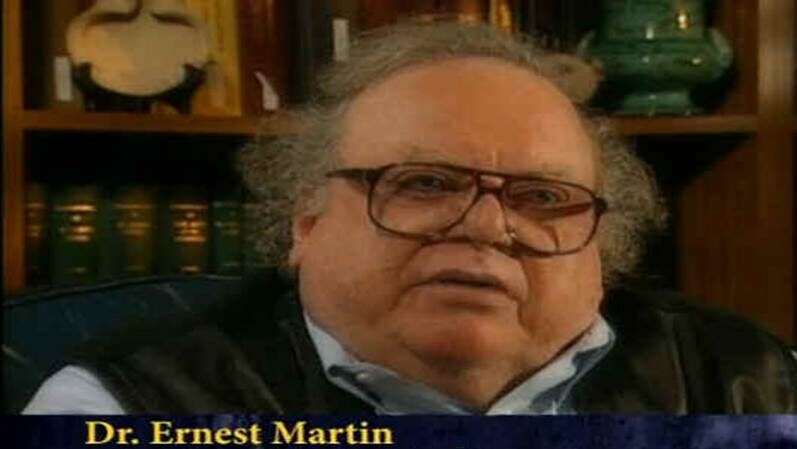We continue, from part 1, part 2, part 3, considering Ernest L. Martin, Ph.D.’s article titled, “Lingering Idolatry in the Temple of God,” AskELM (as in Ask Ernest L. Martin about whom I previously wrote Nightmare on AskElm Street – angelic “Sons of God”?), September 1, 2000 AD which contains some interesting point, some thought provoking speculations and some very serious errors.
In Ernest L. Martin’s mind “God gave them commandments that were not good…led the Israelites…into presenting paganized sacrifices.” Yet, as we have seen, “not good” refer to God specifying to them that which they should have never done, “judgments whereby they should not live.”
Apparently not liking the conclusion of his own speculation, Martin takes a step back from his own claims and notes, “God did not intend that introducing those images into the Tabernacle rituals would lead to infant sacrifice. But they did!” In order to, rightly, emphasize this, he quotes Jeremiah 32:35 which refers to “the high places of Baal” and human-child sacrifice “unto Molech; which I commanded them not, neither came it into my mind, that they should do this abomination.”

Martin notes that “Ezekiel chapter 20 is the appraisal of God Himself (stated through His prophet) that His initial commands in some contexts proved in later times to be ‘commands that were not good.’” His next point is to discern “what were those commands that God at first gave to the Israelites that turned out to be so very bad for them?” (emphasis added for emphasis).
He then does a form of one step forward and two steps back in noting that “God did not mean in Ezekiel chapter 20 that He simply ALLOWED the Israelites to continue in their heathen ways,” but Romans 1 refers to those times when “God GAVE THEM OVER to a reprobate mind” (emphasis by Martin), so that “God ALLOWED the Gentiles to do wrong WITHOUT THE PERMISSION of God. But in the section of Ezekiel chapter 20, the texts state…that GOD COMMANDED (not simply “ALLOWED”) the Israelites in the wilderness to practice the commands of God that led them finally into idolatry.” Such is Ernest L. Martin’s miscomprehension of this whole issue that he actually refers to “These odious and bad commands given by God…were given in the precise manner (and with the same wording in the Hebrew — even the vowel points are identical)” to the commandments by which they were to live: the positive ones, “These commands that were NOT GOOD were also written in the Scriptures (with the exact Hebrew words and even the same vowel points) as when God gave Israel His positive commands that they should keep His sabbaths…In the same manner (and with the same wording in the Hebrew) God gave the Israelites commandments that WERE NOT GOOD.”
Martin actually gets close to the truth by noting the “positive commands” but alas, he continues basing his comments on his overall misunderstanding and thus, misinterpretation; he never reaches the point of recognizing the positive versus negative dichotomy in the theological point of view of do versus do not do. In his continuous to and fro manner Martin claims that “God finally gave them commandments that were NOT GOOD that led them into further debauchery with those images.”
We next come to a section asking and answering “What was it that God commanded that turned out to be very bad commands to the Israelites?” He asserts that the contexts of Ezekiel, Jeremiah and Amos conclude that “it was God’s command to place images within the Holy of Holies in the Tabernacle” which is simply not the case and Martin provide no such specific quotations or citations although Amos comes as close as we get and to Amos we shall get.
